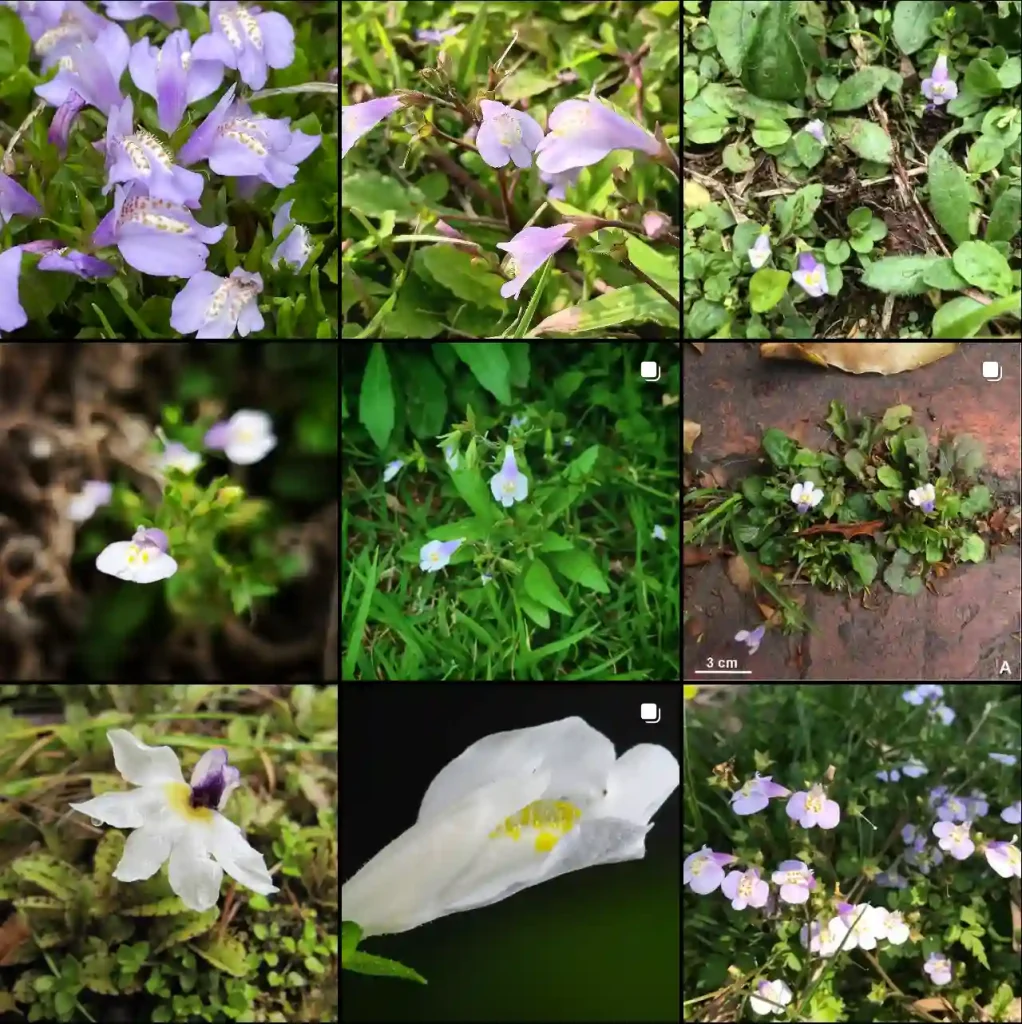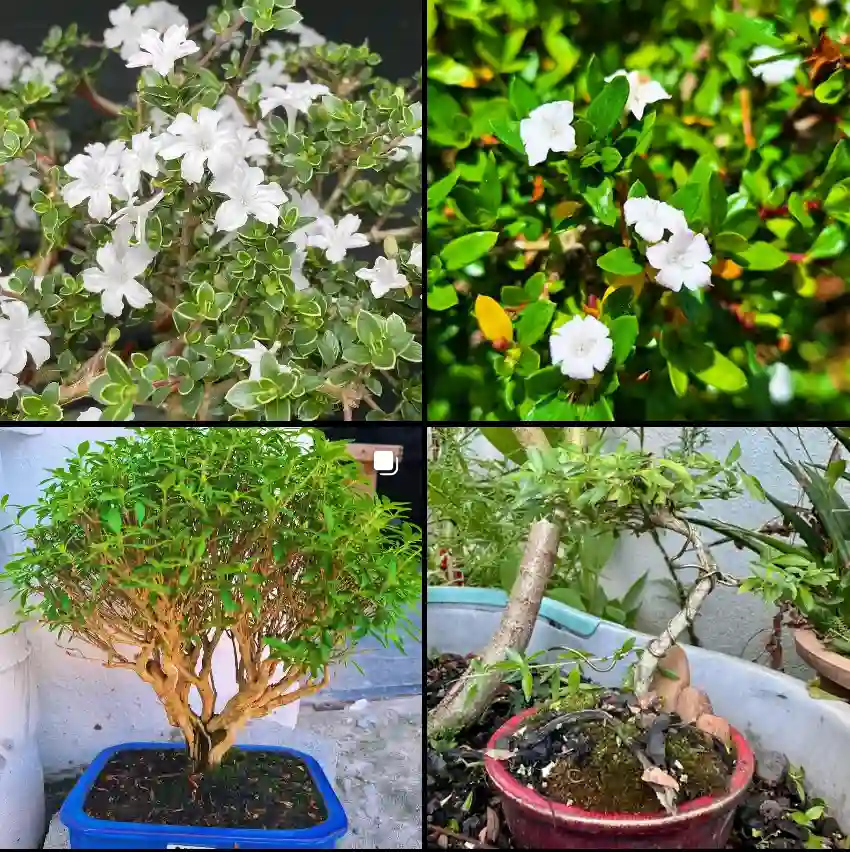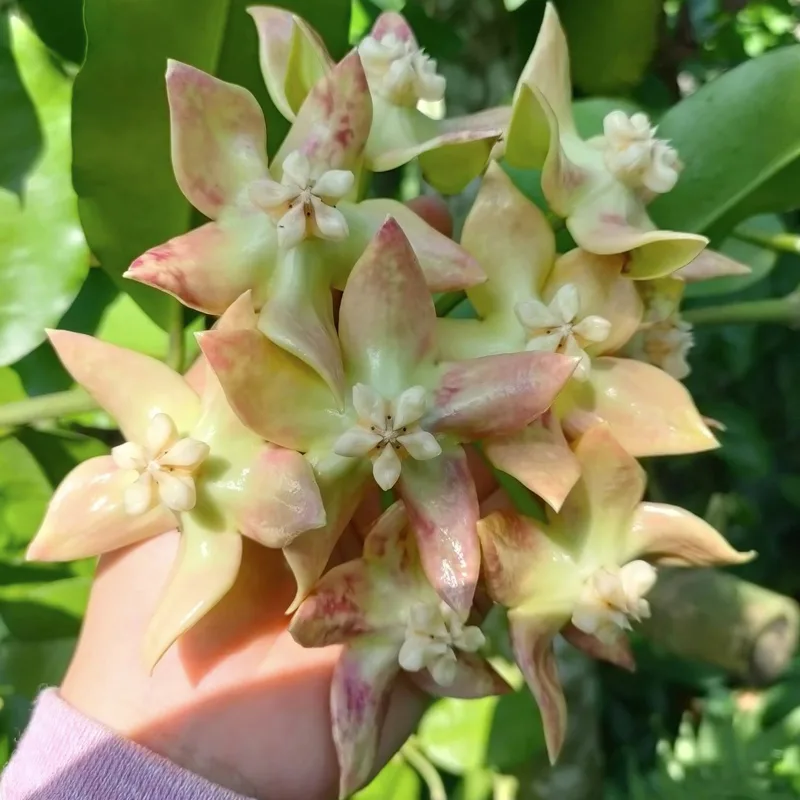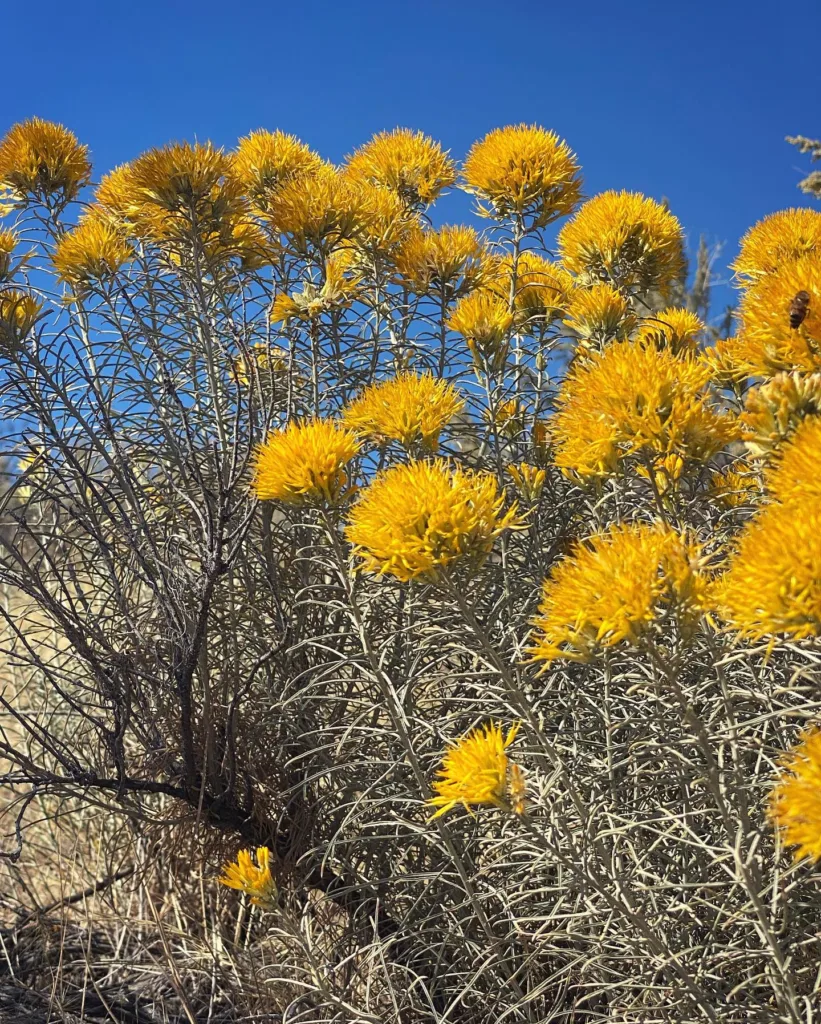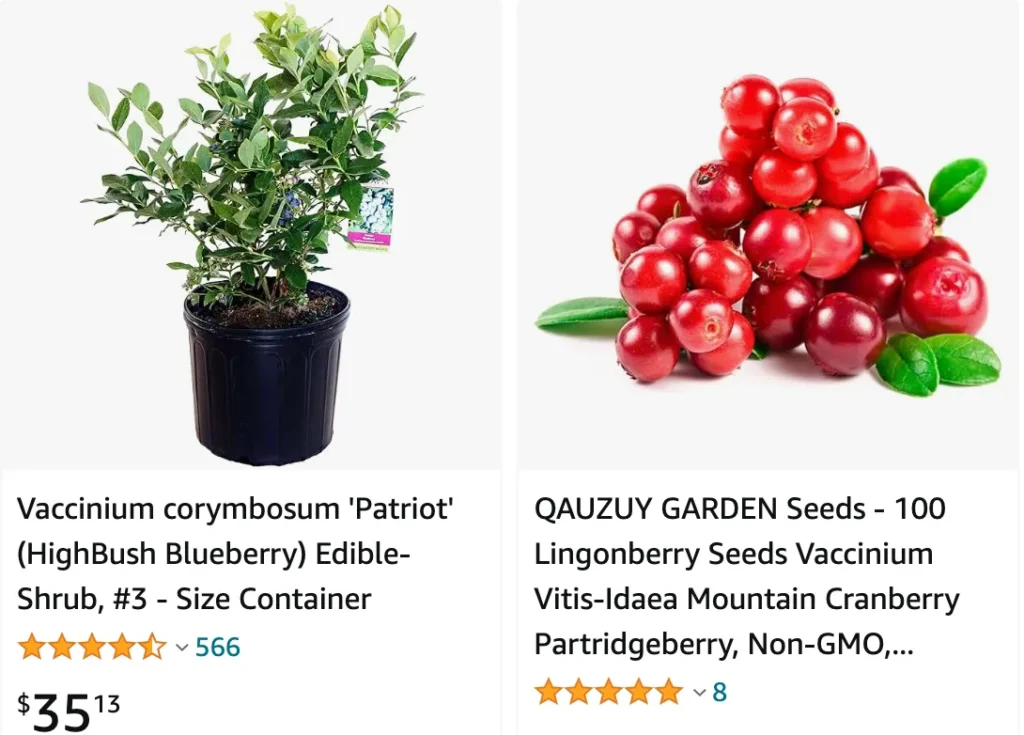
All About Vaccinium Stamineum
Hi everyone, Ferb Vu here! Today, we’re diving into the world of Vaccinium stamineum, a fascinating plant with various common names like deerberry, tall deerberry, highbush huckleberry, and southern gooseberry.
Whether you’re a seasoned gardener or simply curious about native plants, this Q&A will equip you with all the essential information about Vaccinium stamineum.
488 Species in Genus Vaccinium
What is Vaccinium Stamineum?
Vaccinium stamineum is a flowering shrub belonging to the heath family (Ericaceae). It’s native to North America, reaching from Ontario down to Mexico, with a strong presence in the eastern and central United States.
What Does Vaccinium Stamineum Look Like?
Imagine a deciduous shrub reaching anywhere from 5 to 15 feet tall. Vaccinium stamineum boasts smooth-edged, green leaves that turn vibrant in the fall. Its bark, a grayish-brown or reddish-brown hue, has a characteristically shredded texture.
During spring (April to early June), the plant comes alive with delicate, bell-shaped flowers. These greenish-white blooms, sometimes tinged with pink, dangle in clusters called panicles. The flowers boast prominent yellow stamens that extend beyond the petals, adding a touch of sunshine.
Come summer, the shrub produces greenish berries that mature into a beautiful blue-black with a whitish waxy coating. These berries are a favorite among birds and mammals, making Vaccinium stamineum a valuable addition to wildlife gardens.
Where Does Vaccinium Stamineum Grow?
Vaccinium stamineum thrives in well-drained, acidic soil. You’ll find it in dry, rocky areas within forests and fields. Interestingly, it can also adapt to moist environments like bogs and swamps. This adaptability makes it a versatile plant for various landscaping scenarios.
Can I Eat the Berries of Vaccinium Stamineum?
Technically, yes, the berries of Vaccinium stamineum are edible. However, their palatability is a matter of debate. Some find them tart and unpleasant, while others enjoy their unique flavor. It’s important to note that some people might experience digestive discomfort after consuming them.
If you’re curious about the taste, it’s best to start with a small amount and see how you react. Remember, there are many delicious and proven edible berry options available, so proceed with caution.
How is Vaccinium Stamineum Different from Blueberries?
Vaccinium stamineum is closely related to blueberries (Vaccinium corymbosum), but there are some key differences. Blueberries are typically lower-growing shrubs with bushier shapes. Their berries are a deeper blue and generally considered sweeter and more palatable than deerberries.
How Do I Care for Vaccinium Stamineum?
Vaccinium stamineum is a relatively low-maintenance plant. Here’s what you need to know:
- Planting: Choose a well-drained location with acidic soil. Amend the soil if necessary to achieve the desired acidity level (around 4.5 to 5.5 pH).
- Watering: Water regularly, especially during the first year after planting. Once established, the plant is fairly drought-tolerant.
- Pruning: Prune lightly after flowering to maintain the desired shape and encourage new growth. Remove any dead, diseased, or damaged branches.
- Fertilization: Fertilize sparingly with a fertilizer formulated for acid-loving plants.
What are the Benefits of Planting Vaccinium Stamineum?
Vaccinium stamineum offers a multitude of benefits:
- Wildlife Attraction: The berries attract birds and other wildlife, creating a vibrant ecosystem in your garden.
- Fall Color: The leaves transform into a stunning display of color during autumn, adding beauty to your landscape.
- Low Maintenance: This hardy plant requires minimal care, making it ideal for busy gardeners.
- Native Plant: Planting Vaccinium stamineum supports the local ecosystem and provides habitat for native pollinators.
Conclusion
Vaccinium stamineum is a captivating shrub that offers a unique combination of beauty, wildlife support, and ecological value. With its adaptability and ease of care, it’s a fantastic addition to gardens seeking native plants and a touch of wild charm. So, if you’re looking for a conversation starter in your landscape, consider planting Vaccinium stamineum!
If i die, water my plants!
